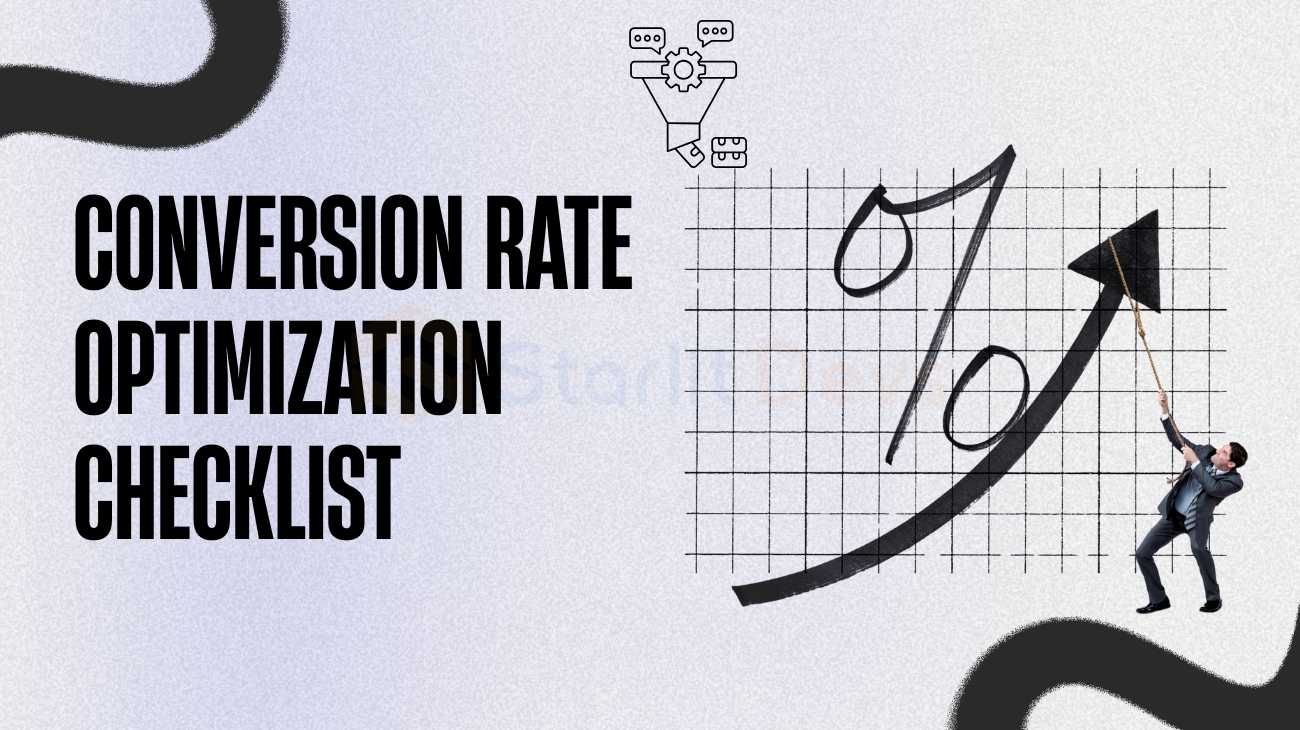You’ve got traffic. Visitors are landing on your website, checking out your products or services — but conversions? Not so much.
That’s where a conversion rate optimization checklist comes in. Instead of guessing what might boost results, it gives you a clear, repeatable system to turn clicks into customers.
In this fierce competitive market, even small tweaks — a better headline, faster load time, or simplified form — can make a massive impact. This guide will walk you through why CRO matters more than ever, what to include in your checklist, and how to use it to turn your traffic into steady revenue.
How an Amazon PPC Specialist Can Grow Your Business
Conversion Rate Optimization (CRO) is the process of improving your website or funnel to get more visitors to take action — buy, book, or subscribe.
Think of it as the bridge between traffic and revenue. You can attract thousands of visitors, but if they don’t convert, you’re leaving money on the table.
CRO blends data, psychology, and design. By studying user behavior — where people click or drop off — you can make changes that directly impact revenue.
For example, simplifying a checkout form or adding a trust badge can instantly lift conversions.
For startups and small businesses, CRO isn’t optional. It’s the most cost-effective way to increase returns without spending more on ads — guided by a proven conversion rate

Why CRO Matters More Than Ever in 2026?
In 2025, traffic alone won’t cut it. Rising ad costs, shrinking attention spans, and growing competition make every visitor count more than ever.
That’s why businesses are turning to a structured conversion rate optimization checklist — to squeeze more results from the same traffic. It’s no longer about chasing clicks; it’s about turning visitors into customers efficiently.
A small tweak, like improving your CTA or streamlining navigation, can boost conversions by 20% or more. When every dollar matters, CRO delivers higher ROI without increasing ad spend — making it one of the smartest growth levers for any business this year.
Here’s a simple example:
A small local service business updated its booking form from 8 fields to 4 and added a progress bar. The result? A 28% jump in completed bookings in just two weeks. Small tweaks, big results — that’s the power of modern CRO.
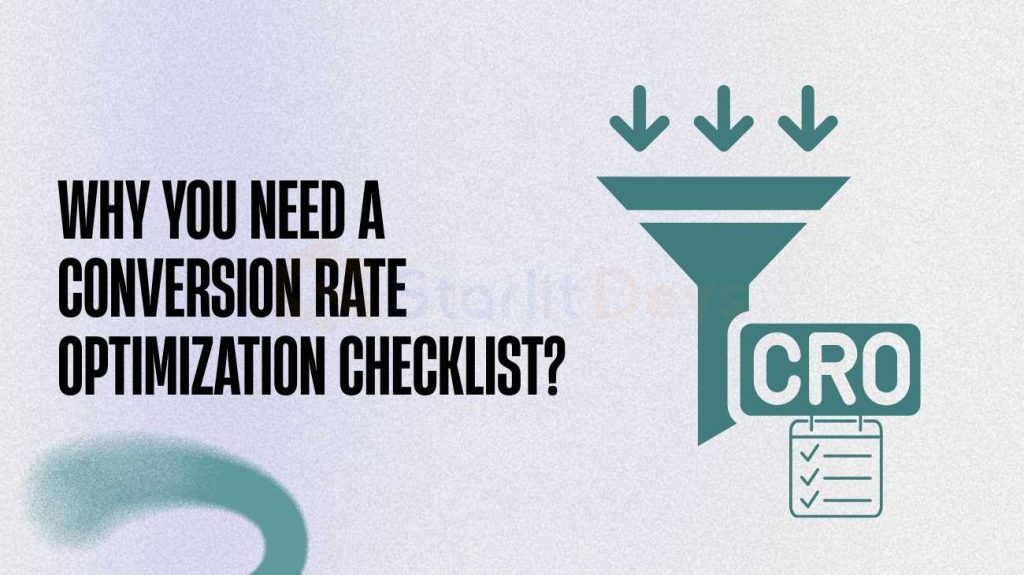
Why You Need a Conversion Rate Optimization Checklist?
Most businesses know they should improve conversions — but few follow a structured process. That’s where a conversion rate optimization checklist becomes essential.
Without a clear framework, CRO often turns into random experiments — changing button colors, rewriting headlines, or tweaking layouts without knowing what truly drives results. These efforts may look productive, but they rarely move the needle.
A CRO checklist brings consistency, clarity, and measurable progress. It helps you:
- Stay organized and goal-focused: Every change you make is tied to a specific objective, like increasing form submissions or reducing cart abandonment.
- Ensure data-driven decisions: Instead of guessing, you test based on insights from analytics and user behavior.
- Collaborate effectively: Teams across design, marketing, and development can follow the same roadmap and track results clearly.
- Save time and avoid burnout: You’re not starting from scratch with each campaign — the checklist keeps your process repeatable and efficient.
- Measure success over time: You can compare results from past experiments and continually refine what works best for your audience.
Most importantly, a checklist keeps your team aligned and consistent. Whether you’re running A/B tests, refining copy, or optimizing forms, you’ll know exactly what to do — and why it matters.

The Ultimate Conversion Rate Optimization Checklist
Use this conversion rate optimization checklist to ensure your website turns visitors into customers efficiently.
1. Understand Your Audience
Study user behavior, demographics, and intent. Use tools like Google Analytics or Hotjar to find what’s working — and where users drop off.
2. Optimize Key Pages
Focus on high-impact pages like landing pages, pricing, and checkouts. Even small layout or copy changes here can make a big difference.
3. Improve Site Speed
Slow pages kill conversions. Use tools like PageSpeed Insights to keep load times under 3 seconds.
4. Strengthen CTAs
Use clear, action-driven call-to-actions (“Get Started,” “Book a Free Demo”) that guide users toward the next step.
5. Simplify Navigation
Make it easy for visitors to find what they need. A clean layout keeps users engaged longer.
6. A/B Test Everything
Test headlines, images, and buttons to see what performs best. Let data — not opinion — drive your choices.
7. Add Social Proof
Showcase testimonials, case studies, and reviews to build trust and confidence.
8. Optimize for Mobile
Ensure your site looks and works perfectly on smartphones — most users won’t convert if it doesn’t.
9. Track and Analyze
Regularly review conversion data. Use it to refine your next steps and keep your CRO strategy evolving.
Pro Tip: Use this checklist as a living document. Every time you run a new test, update it with findings, insights, and new ideas. This ensures your conversion rate optimization checklist becomes a powerful tool for scaling your .

Beyond the Website – Funnel-Wide CRO Strategies
Even with a solid conversion rate optimization checklist, many teams fall into traps that limit results. Avoid these common mistakes:
1. Skipping Research
Guessing what users want rarely works. Always rely on real data — analytics, heatmaps, and feedback.
2. Changing Too Many Elements at Once
If you test everything together, you’ll never know what made the difference. Test one variable at a time.
3. Ignoring Mobile Experience
Mobile users make up over half of website traffic. A poor mobile layout instantly hurts conversions.
4. Forgetting Post-Conversion Optimization
The process doesn’t end with a sale or signup. Keep optimizing follow-up emails and onboarding to maximize lifetime value.
5. Not Reviewing Results Regularly
CRO is continuous. Review and update your checklist as behavior, trends, and tools evolve.
By extending CRO beyond your website, you not only increase conversion rates but also improve ROI across all marketing efforts. Treat your conversion rate optimization checklist as a holistic tool that tracks improvements from first click to final sale.
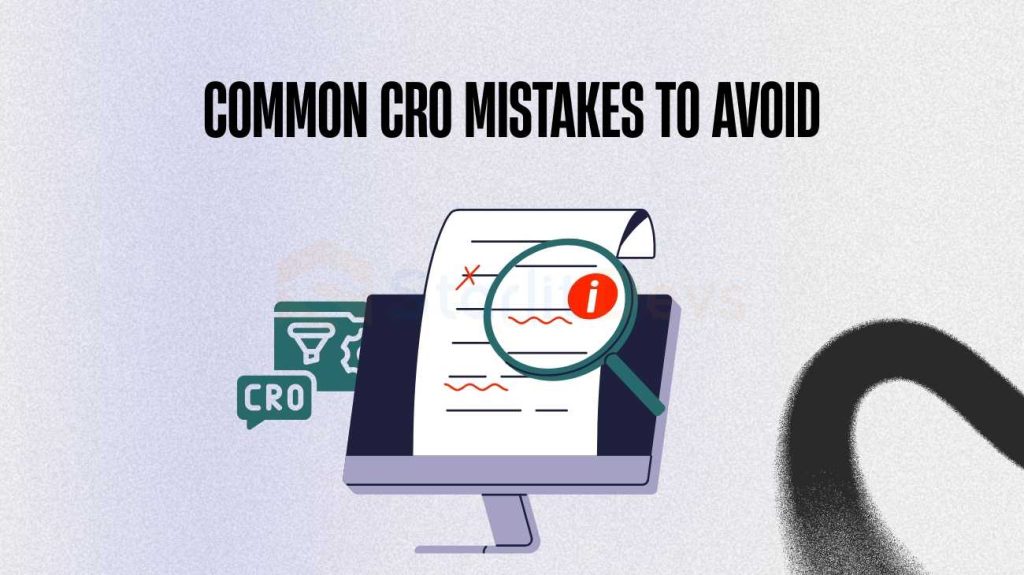
Common CRO Mistakes to Avoid
Even with a solid conversion rate optimization checklist, businesses often make avoidable mistakes that limit their results. Being aware of these pitfalls helps you maximize the impact of your CRO efforts.
1. Focusing Only on Traffic, Not Conversions
Many businesses chase visitors but ignore whether those visitors convert. CRO is about turning existing traffic into revenue, not just increasing numbers. Your checklist should prioritize high-impact pages and actions over vanity metrics.
2. Making Changes Without Data
Changing headlines, button colors, or page layouts without insights can backfire. Every tweak should be data-driven, guided by analytics, heatmaps, or A/B test results.
3. Ignoring Mobile Optimization
With mobile traffic dominating, sites that aren’t mobile-friendly lose conversions. Ensure responsive design, fast loading speeds, and mobile-optimized forms are part of your conversion rate optimization checklist.
4. Overloading Pages with Too Much Information
Too many options, links, or distractions can overwhelm visitors. Simplify pages and focus on one clear action per page. Streamlined design = higher conversions.
5. Neglecting User Experience (UX)
Poor navigation, confusing forms, or broken links frustrate users and drive them away. CRO isn’t just about tweaking numbers — it’s about improving overall user experience.
6. Not Testing or Iterating
Some businesses treat CRO as a one-time project. Optimization is continuous. Regularly test headlines, CTAs, layouts, and flows, then update your checklist with findings.
7. Forgetting Multi-Channel CRO
Conversions don’t only happen on your website. Email campaigns, social media, and paid ads all influence customer behavior. Incorporate these channels into your checklist to ensure a holistic approach.
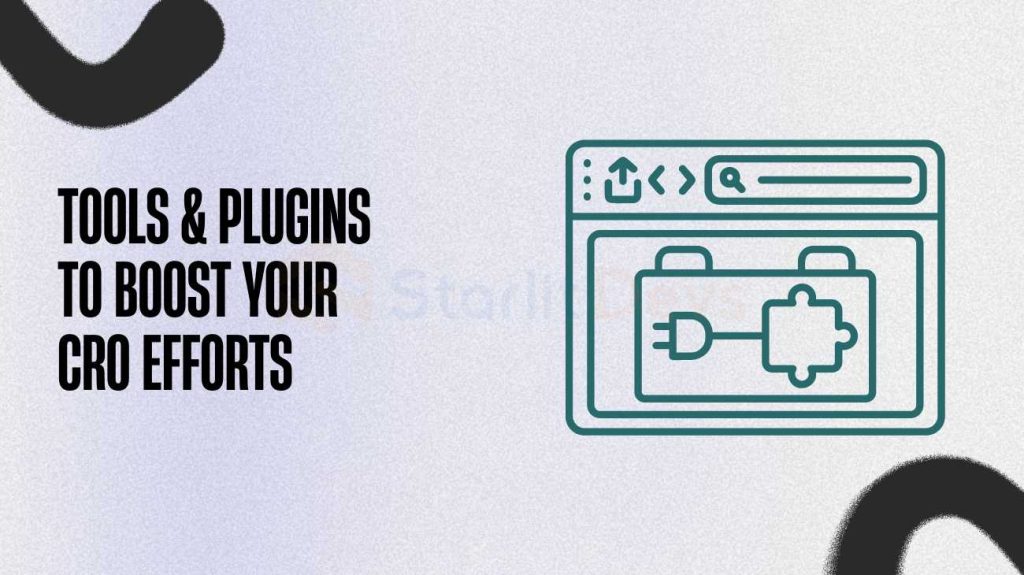
Tools & Plugins to Boost Your CRO Efforts
A practical conversion rate optimization checklist relies on the right tools to collect data, test ideas, and improve results efficiently:
- Google Analytics & GA4 – Track traffic, user journeys, and conversion goals; pair with Google Tag Manager for clicks, form submissions, and scroll tracking.
- Hotjar / Microsoft Clarity – Heatmaps, session recordings, and feedback widgets reveal user behavior and friction points.
- A/B Testing (Google Optimize, VWO, Optimizely) – Test headlines, CTAs, and page layouts to see what drives conversions.
- Form Optimization (Typeform, WPForms) – Simplify forms for higher sign-ups and smoother checkout.
- Page Speed Tools (GTmetrix, PageSpeed Insights) – Identify and fix slow pages to enhance user experience.
- WordPress CRO Plugins – Thrive Optimize (A/B testing), MonsterInsights (GA4 integration), SeedProd (landing pages), HubSpot Plugin (forms and automation).
- Heatmaps & Session Replays – Observe real user behavior to refine your CRO strategy.
- Customer Feedback (Qualaroo, SurveyMonkey) – Collect direct visitor insights via surveys or exit-intent popups.
Using these tools together ensures your conversion rate optimization checklist is actionable, data-driven, and effective.
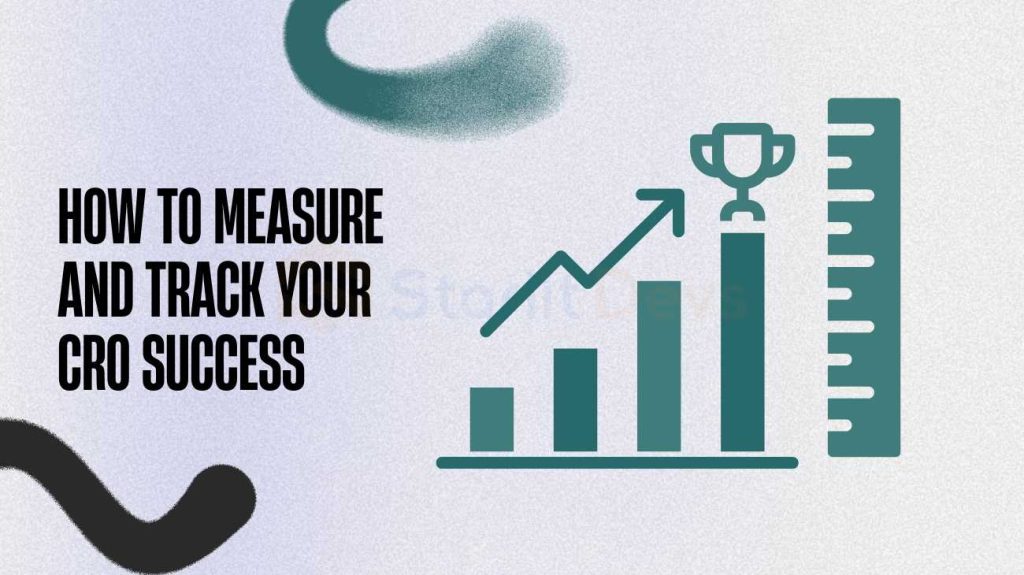
How to Measure and Track Your CRO Success
Creating and following a CRO checklist is only half the battle — the other half is measuring whether your efforts are working. Without tracking the right metrics, you won’t know what’s actually improving or where you’re losing potential conversions.
1. Define Your Key Conversion Metrics
Start by identifying which actions matter most to your business. These could include:
- Purchases or completed checkouts
- Form submissions or quote requests
- Newsletter sign-ups
- Demo bookings or free trial activations
Each of these should have a defined goal in your analytics tool so you can monitor changes over time.
2. Use Analytics to Track Behavior Changes
Leverage Google Analytics 4, Mixpanel, or Matomo to understand how users interact with your site. Look for patterns such as:
- Increased engagement on key pages
- Reduced bounce rates
- Higher completion rates for CTAs
If your conversion rate optimization checklist included adjustments like faster load times, better CTAs, or improved copy, these metrics should reflect measurable progress.
3. Calculate Conversion Rate Improvements
The basic formula for conversion rate is:
(Number of Conversions ÷ Total Visitors) × 100
Track this over specific timeframes — before and after implementing your CRO changes — to see actual performance gains. Even a 1–2% increase can represent a major revenue jump for small businesses or agencies.
4. Analyze Funnel Performance
Use tools like Funnelytics or HubSpot Analytics to visualize your customer journey. See where users drop off and identify weak points. For instance, if your product pages perform well but your checkout page doesn’t, that’s where your CRO checklist should focus next.
5. Monitor Micro-Conversions
Not every win is a purchase. Smaller actions like video plays, adding items to a cart, or clicking “Learn More” show engagement progress. Tracking micro-conversions provides deeper insight into user intent and the effectiveness of your optimization tactics.
6. A/B Test and Record Learnings
Testing is ongoing in CRO. Document every experiment — what was tested, what changed, and what result followed. Over time, this record becomes a conversion rate optimization checklist of proven tactics that consistently deliver better results.
7. Review Results Regularly
Conversion optimization isn’t a one-time project. Schedule monthly or quarterly reviews to assess performance, analyze data trends, and refine strategies. Regular tracking helps ensure your efforts remain aligned with current market behavior and user expectations.
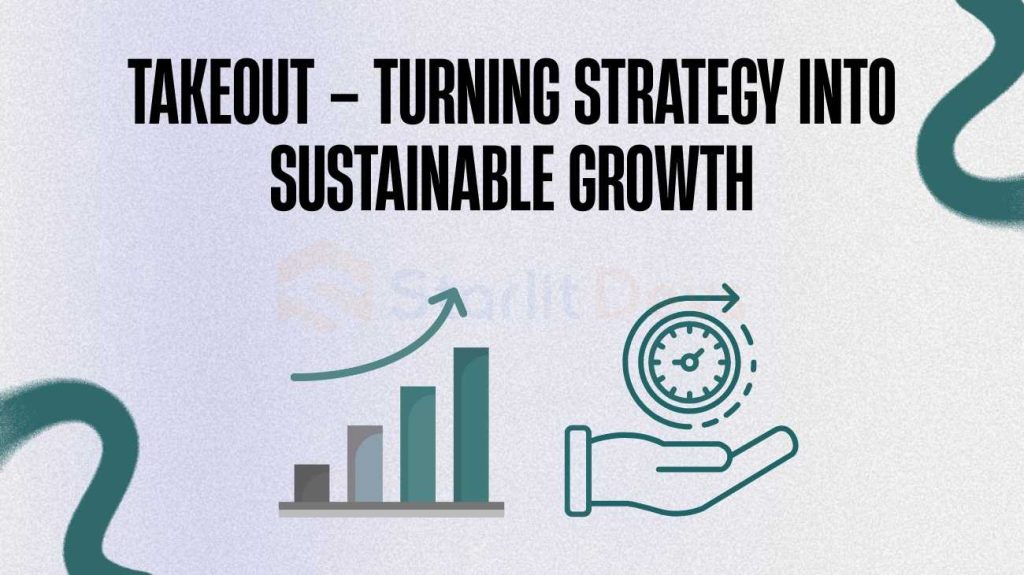
Takeout – Turning Strategy into Sustainable Growth
- A conversion rate optimization checklist helps turn existing traffic into revenue systematically.
- Focus on data-driven improvements, from site speed and UX to copy, CTAs, forms, and multi-channel funnels.
- Use the right tools and testing methods to track, analyze, and iterate effectively.
- Avoid common mistakes like random changes, ignoring mobile, or neglecting user experience.
Next Step: Start implementing your CRO checklist today. Test one change at a time, track results, and watch small tweaks turn into measurable growth. If you’re ready to boost conversions and scale smarter, contact us for a personalized CRO audit or get started with your first checklist now.
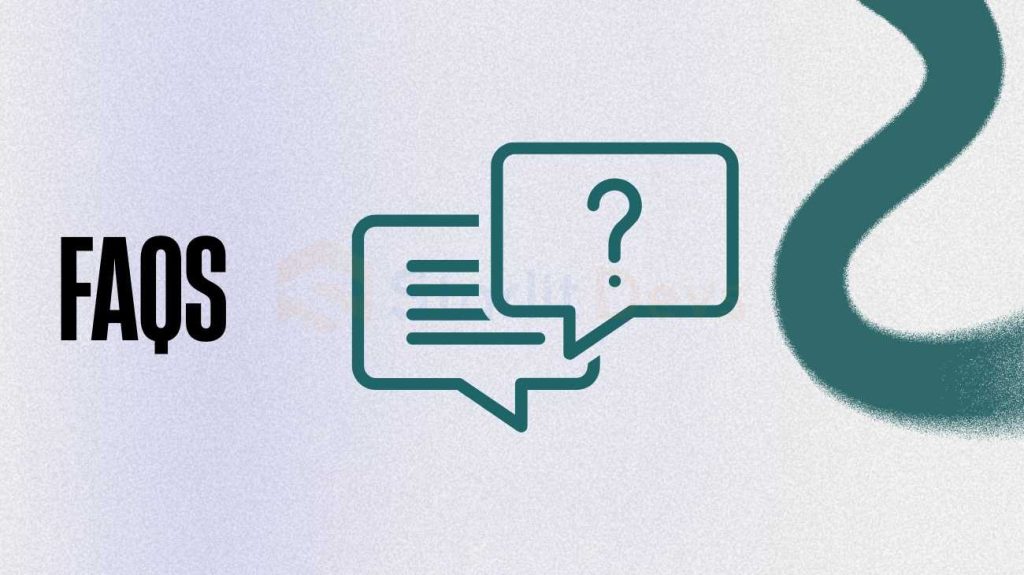
FAQs – Conversion Rate Optimization Checklist
1. How often should I review my CRO checklist?
It’s best to review and update your checklist quarterly or after major website changes. CRO is ongoing; trends, technology, and user behavior evolve, so your conversion rate optimization checklist should evolve too.
2. What are the key elements of an effective CRO checklist?
A strong conversion rate optimization checklist includes:
- Landing page design review
- CTA testing
- Page speed optimization
- A/B testing setup
- Funnel analysis
- Heatmap and session recording review
- Form optimization
3. Can small businesses use a CRO checklist effectively?
Absolutely. A conversion rate optimization checklist isn’t just for big brands. Even small businesses can benefit from structured CRO — optimizing traffic, improving UX, and generating more revenue without increasing ad spend.
4. How long does it take to see CRO results?
It depends on your traffic volume and the number of tests you run. Many businesses start seeing improvements within 4–6 weeks of consistently applying their conversion rate optimization checklist.
5. Do I need tools to use a CRO checklist effectively?
Yes, tools like Google Analytics, Hotjar, and VWO help gather insights and validate results. Your conversion rate optimization checklist should include at least a few analytics, testing, and feedback tools to ensure accurate data.
By following a clear conversion rate optimization checklist, you can make smarter marketing decisions, refine your user experience, and increase revenue — without spending more on ads or traffic acquisition.

